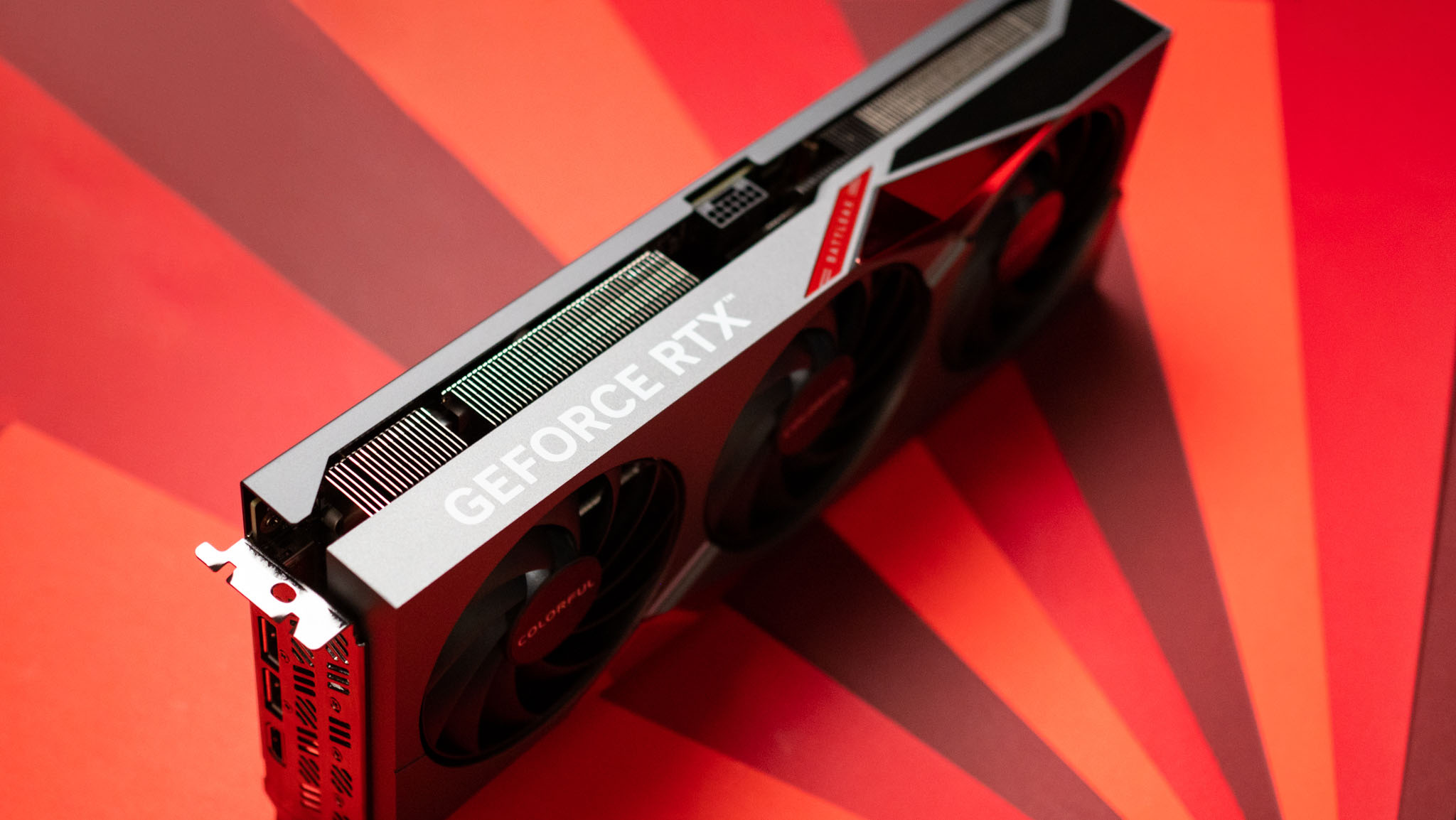How well do Microsoft's Surface PCs handle Windows Mixed Reality?
Can you enjoy Windows Mixed Reality on Microsoft's latest Surface hardware?
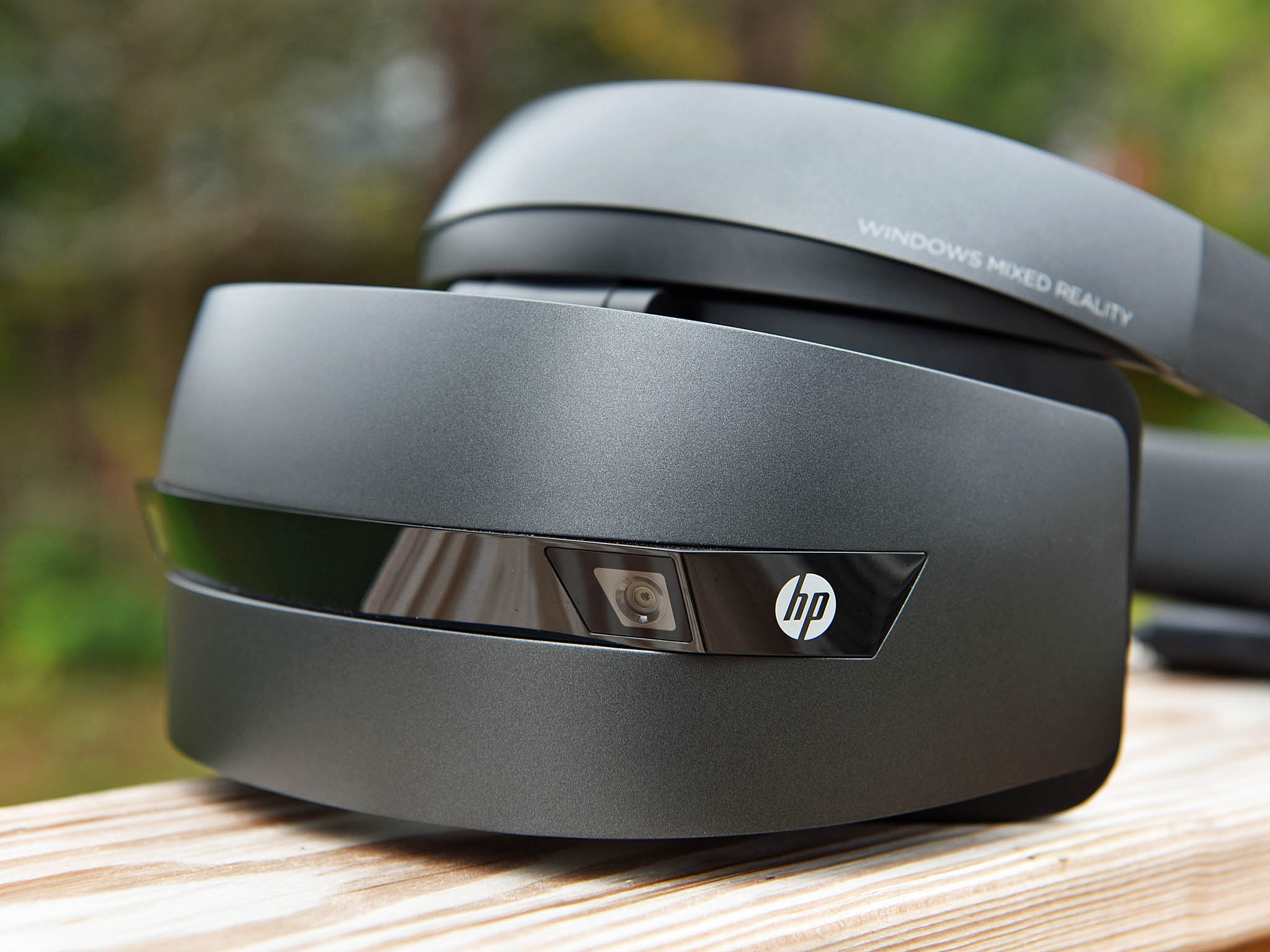
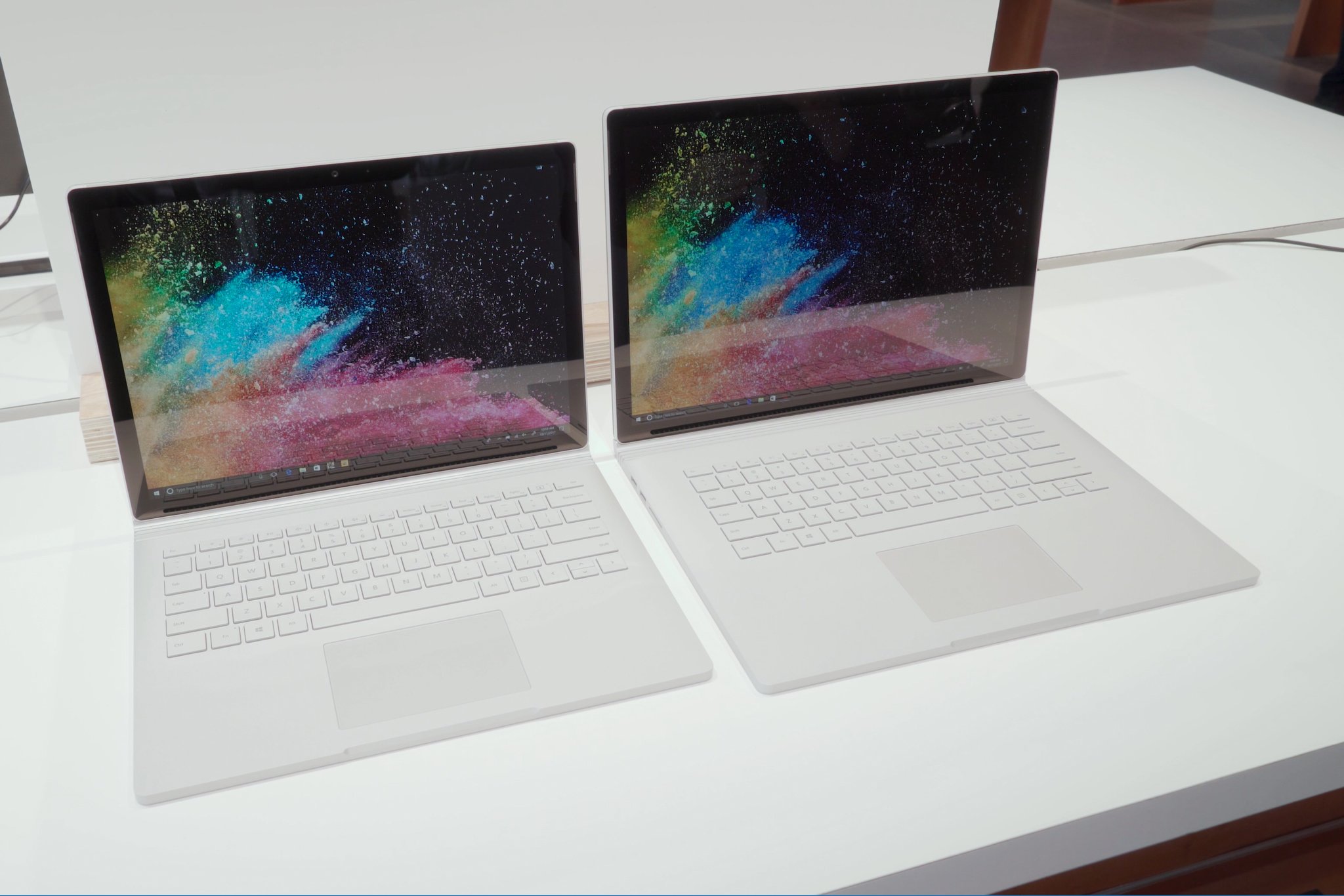
It's a question we're hearing a lot, so it's time to try and provide some answers. Windows Mixed Reality is built right into the Windows 10 Fall Creators Update, so it's available on a Surface Laptop, Pro or Book 2 that is running the latest version of the OS.
What's the difference between Augmented Reality and Mixed Reality?
For lots of people, a Surface is their primary PC, and with Mixed Reality headsets just becoming available you might be tempted to pick one up. But you might also be unsure if you can use it with your Surface.
Let's try and break down the facts.
Windows Mixed Reality spec requirements
The minimum spec requirements for Mixed Reality are pretty low. You'll find more courtesy of our pals at VRHeads but essentially you need a dual-core i5 processor with Intel HD 620 graphics, 8GB of RAM and a USB 3.0 or greater port, as well as some kind of video-out port.
HDMI is the easiest option, but since Surface PC don't have HMDI, you'll need some kind of mini-DisplayPort or USB-C to HDMI adapter. The current crop of headsets have an HDMI connector, so you have to be able to connect them to the PC via such an adapter.
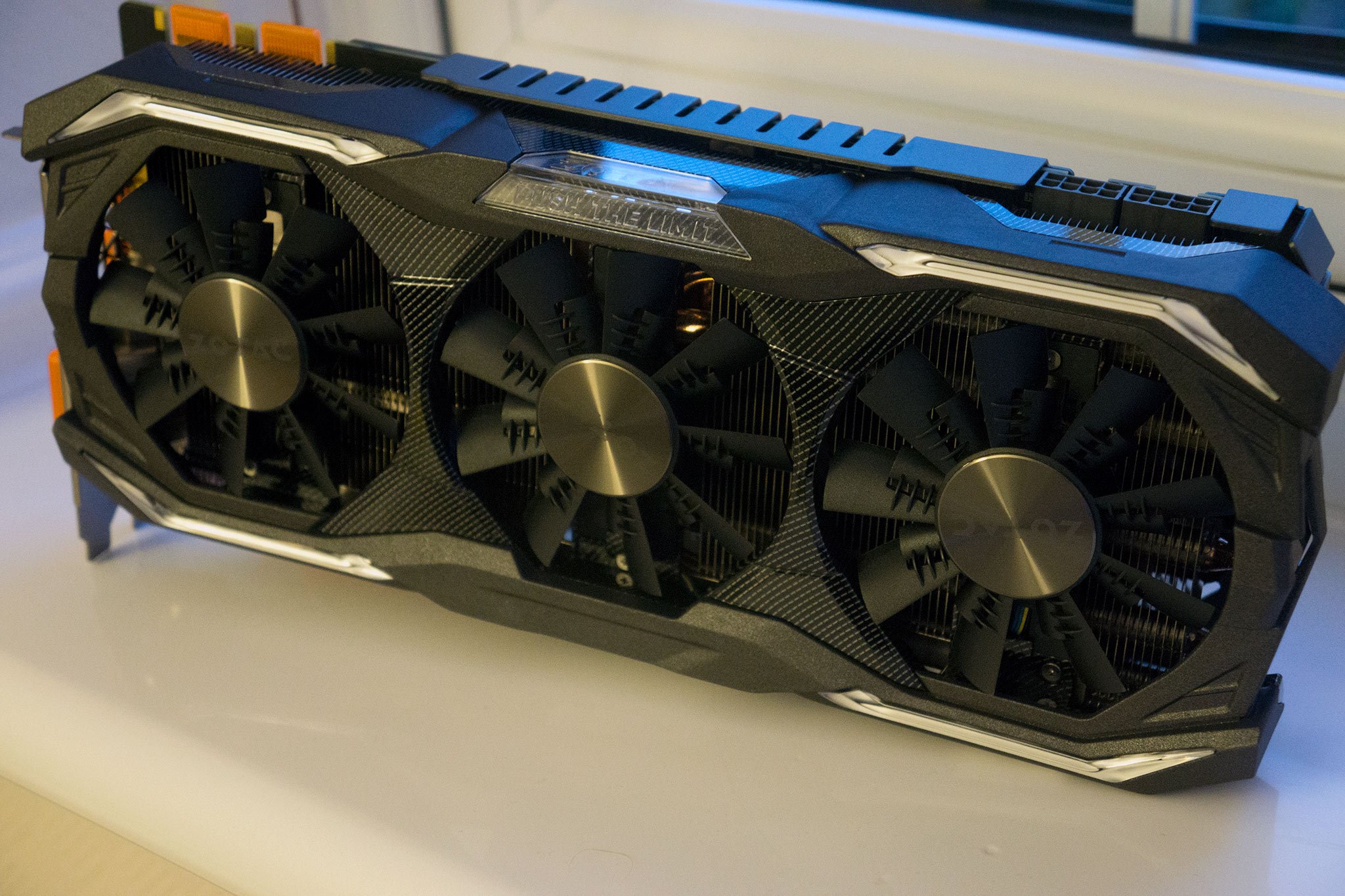
It's worth noting, however, that these are the minimum requirements. So you may not be able to play the latest VR games just by meeting what's listed here. Windows Mixed Reality "Ultra" is the high-end alternative, and it's there you'll find the graphically-intensive titles. Requirements for those game will be listed in the Store when you're looking, so always check there first.
Get the Windows Central Newsletter
All the latest news, reviews, and guides for Windows and Xbox diehards.
Devices with integrated graphics can only push a headset output at 60 frames per second (FPS), while you get 90 FPS delivered by the Ultra spec, so PCs with discrete graphics are preferable for a better experience. With integrated graphics, you're able to enjoy the Cliff House, Windows 10 apps and some very simple games. But you won't get the best the platform has to offer.
For more on this distinction, check out the link below.
What is Windows Mixed Reality Ultra?
Do Surface PCs meet the Mixed Reality requirements?
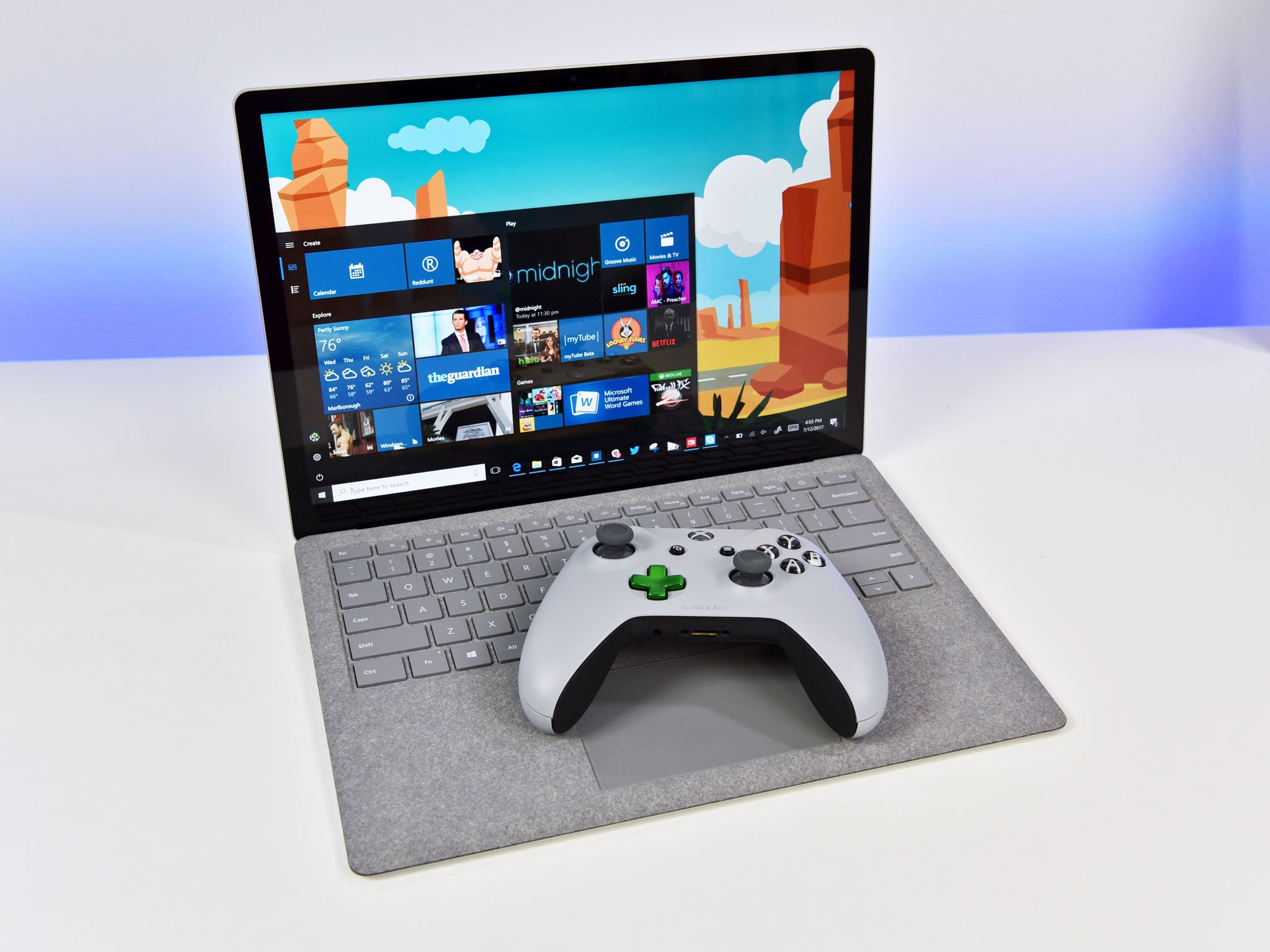
The simple answer is yes, but not all models. The more complicated answer is that the experiences are "mixed" across the range of products.
First, consider the specs of the Surface Laptop and Surface Pro that matter for Mixed Reality:
| Category | Surface Pro (2017) | Surface Laptop |
|---|---|---|
| Processor | Seventh-gen Intel Core m3, i5 or i7 | Seventh-gen Intel Core i5 or i7 |
| RAM | 4GB, 8GB, 16GB | 4GB, 8GB, 16GB |
| Graphics | m3 and i5: Intel HD 620; i7: Iris Plus 640 | i5: Intel HD 620, i7: Iris Plus 640 |
| Storage | 128GB, 256GB, 512GB or 1TB (SSD) + microSD expansion | 128GB, 256GB or 512GB |
| Ports | Full USB 3.0, Mini DisplayPort, Surface Connect, and headset jack | Full USB 3.0, Mini DisplayPort, Surface Connect, and headset jack |
Both the Surface Pro and Surface Laptop meet the minimum requirements for Windows Mixed Reality. Mini DisplayPort is the only mild headache, as you can't connect the headset directly, and you'll need an adapter to bridge the gap.
The lowest-spec model, in either case, is out, because you don't have enough RAM. Mid-tier and higher-end specs fit the bill, though, but again, you'll be limited to a 60 FPS experience inside the headset. No high-end gaming for you!
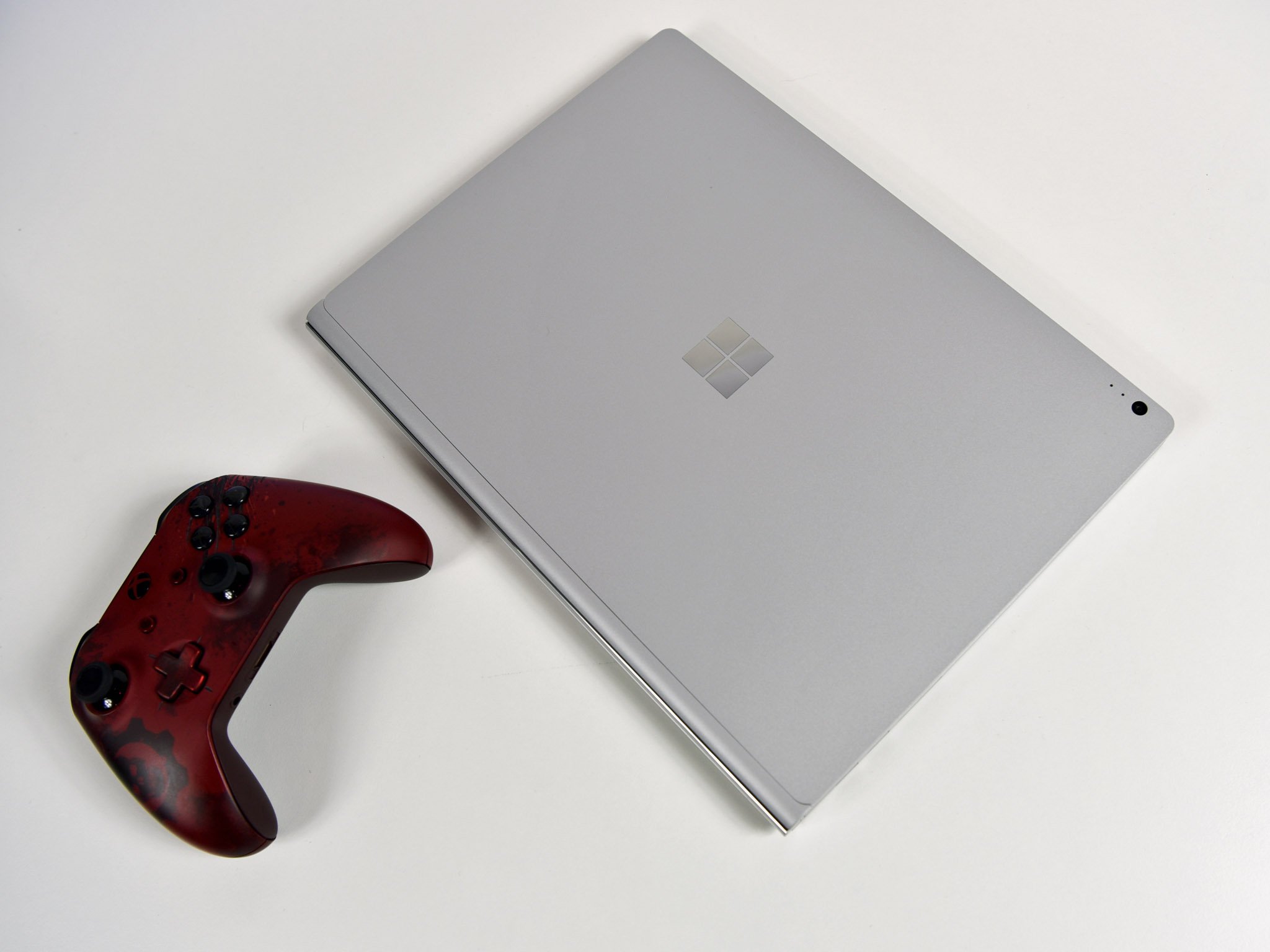
When it comes to Surface Book, you've got the existing model and the forthcoming Surface Book 2 to consider. And here's the kicker: The processors in any of the first-generation Surface Book variants don't meet the minimum spec for regular Mixed Reality or Mixed Reality Ultra.
There are aspects that tick the boxes, but Microsoft declares the seventh-generation Intel Core i5-7200U as the base for mobile (a.k.a., laptop) processors or better. The first-gen Surface Book does not have this, nor does it have the necessary level of integrated graphics (Intel HD 520).
The Performance Base adds better GPU capabilities, but it's unlikely it would make much of a difference. That's not to say it definitely won't work, but it should be treated as a long shot. You'll also want to try running the Mixed Reality PC Check application to see what it says.
Windows Mixed Reality and Surface Book 2

The product that should deliver the best Windows Mixed Reality experience in the Surface family is the Surface Book 2. Here's a look at the key specs for both the 13-inch and 15-inch models.
| Model | Surface Book 2 13-inch | Surface Book 2 15-inch |
|---|---|---|
| Processor | Core i5-7300U (3.2GHz)Core i7-8650U (4.2GHz) | Core i7-8650U (4.2GHz) |
| RAM | 8GB or 16GB | 16GB |
| Native graphics | Intel HD Graphics 620Intel UHD Graphics 620 | Intel UHD Graphics 620 |
| Discrete graphics | Core i5: NoneCore i7: NVIDIA GTX 1050 (2GB) | NVIDIA GTX 1060 (6GB) |
| Storage | 256GB, 512GB, or 1TB | 256GB, 512GB, or 1TB |
| Ports | Two USB Type-A 3.1 (Gen1)One USB Type-C w/ video, power in/out and USB 3.1 (Gen1) dataFull-size SDXC card reader (UHS-II)Headphone jack (3.5mm)Two Surface Connect ports (1 in tablet, 1 in keyboard base) | Two USB Type-A 3.1 (Gen1)One USB Type-C w/ video, power in/out and USB 3.1 (Gen1) dataFull-size SDXC card reader (UHS-II)Headphone jack (3.5mm)Two Surface Connect ports (1 in tablet, 1 in keyboard base) |
The base model 13-inch meets the requirements for Windows Mixed Reality, and you'll be able to get the basic experience as described above for the Laptop and Pro. But, with the higher-end versions of the Surface Book 2, Microsoft added plenty of power, including a quad-core processor, and as such you'll be able to think about hitting that 90 FPS, Mixed Reality Ultra experience.
The best experience will come from the 15-inch version with the 6GB GTX 1060 GPU, no question. It ticks all the boxes for a great Mixed Reality experience. The 2GB GTX 1050 in the 13-inch Surface Book 2 still meets the requirements, but it has significantly less GPU power, so you'll not be able to have the exact same experience in games.
Again, the biggest headache is caused by the lack of a HDMI port on the device. You'll need an adapter to hook up the headset. That in itself provides its own issues, since the display output isn't close to the USB 3.0 port, and you'll need probably some kind of powered hub.
Bottom line on Surface and Windows Mixed Reality
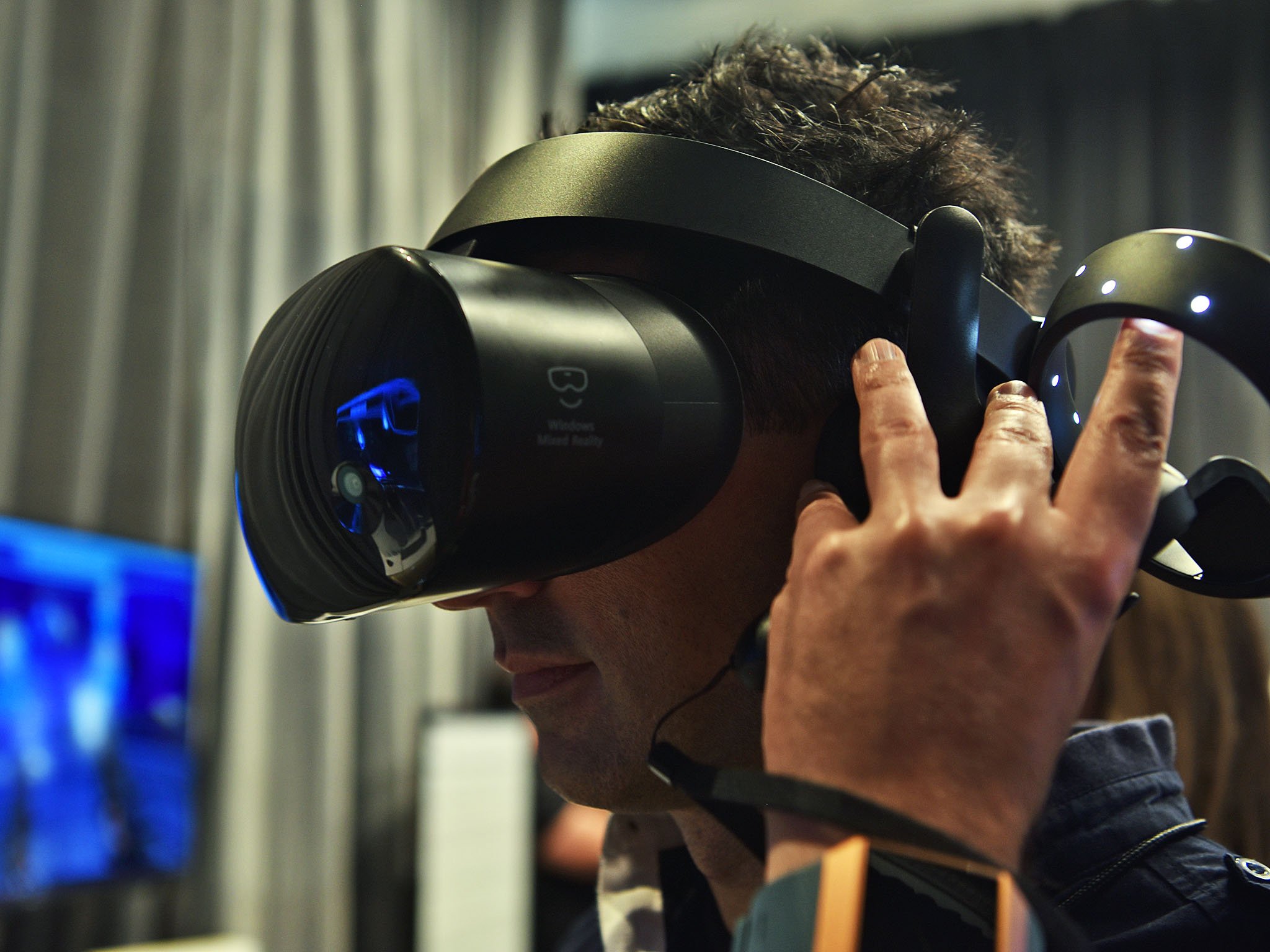
The simple fact is that, yes, the Surface products should be able to handle Windows Mixed Reality in some fashion. But in our experience, the mileage will vary widely.
The necessity for adapters to connect the headset to the Surface is unfortunate and more of a hassle than it should be. There are also operational issues we encountered, where it just feels like the frame rate is off compared to other PCs we tested headsets with. This could be due to the need to use an adapter, or something else, but something isn't quite right in our experience, and we haven't quite put a finger on why.
Despite being a Microsoft product, it doesn't feel like the Surface family was conceived with Windows Mixed Reality in mind, and these headsets are no small investment. If Mixed Reality is important to you, you'll be able to get a stronger result elsewhere.

Richard Devine is a Managing Editor at Windows Central with over a decade of experience. A former Project Manager and long-term tech addict, he joined Mobile Nations in 2011 and has been found on Android Central and iMore as well as Windows Central. Currently, you'll find him steering the site's coverage of all manner of PC hardware and reviews. Find him on Mastodon at mstdn.social/@richdevine
